Table of Contents
Historical Context
When considering silver investments, understanding the historical context of silver coins vs silver bars can provide valuable insights. Both have long histories, each with unique origins and uses that have evolved over time.
Silver Coins
Silver coins have been used as currency and a store of value for thousands of years. The earliest known silver coins date back to ancient Greece around 600 BCE. These coins were often stamped with images of gods, goddesses, and emperors, making them not only a medium of exchange but also a form of propaganda and art. Throughout history, silver coins have been minted by various civilizations, including the Romans, Chinese, and Persians, each adding to the rich tapestry of numismatic history.
In more recent history, silver coins became widely used in everyday transactions, particularly during the 18th and 19th centuries. Countries like the United States, Great Britain, and many European nations minted silver coins that became integral to their economies. For instance, the U.S. silver dollar, first minted in 1794, played a significant role in American commerce.
Silver Bars
Silver bars, on the other hand, have a different history primarily linked to industrial and large-scale investment purposes. Unlike coins, silver bars were not used as currency but rather as a means to store and transport large amounts of silver efficiently. The history of silver bars is closely tied to the development of mining and refining techniques. As silver extraction and processing became more sophisticated during the Industrial Revolution, the production of silver bars increased.
Silver bars have been favored by investors and institutions looking to buy silver in bulk. They are typically cast or minted in standard sizes, such as 1-ounce, 10-ounce, 1-kilogram, and 100-ounce bars, making them suitable for large transactions and storage in vaults. This form of silver is often used by central banks and large investors as part of their precious metals holdings.

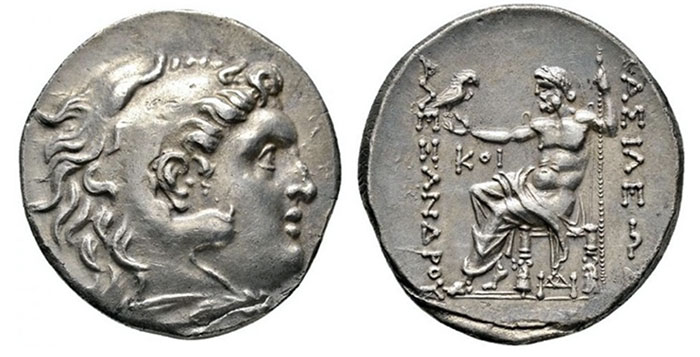
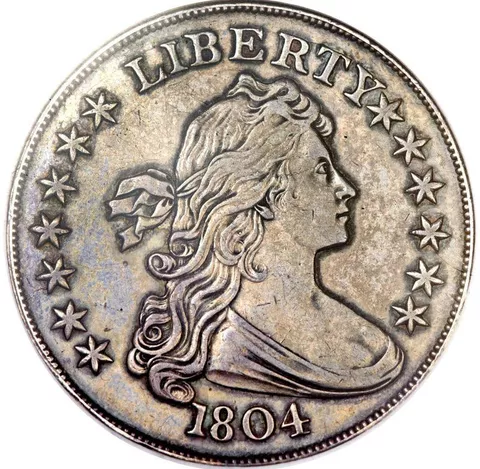
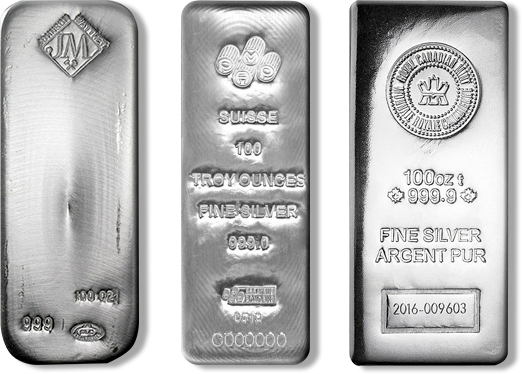
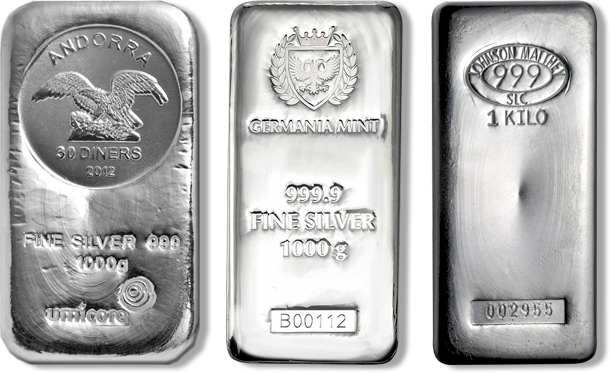
.
Purity and Composition
When comparing silver coins vs silver bars, understanding their purity and composition is crucial for making informed investment decisions. Both forms of silver have standards for purity, but there are some key differences to consider.
Silver Coins
Silver coins are typically produced with high levels of purity, though the exact standards can vary depending on the mint and the country of origin. Most modern silver bullion coins, such as the American Silver Eagle or the Canadian Silver Maple Leaf, are minted with a purity of 99.9% (also known as .999 fine silver). Some coins, like the Canadian Silver Maple Leaf, even reach 99.99% purity (.9999 fine silver).
Historically, many silver coins were not pure silver. For example, pre-1965 U.S. silver coins were composed of 90% silver and 10% copper, commonly referred to as “junk silver” when used for bullion purposes. This mixture was used to make the coins more durable for circulation.
Silver Bars
Silver bars are often produced with very high purity levels, similar to modern bullion coins. Most silver bars available on the market today are .999 fine silver, meaning they contain 99.9% pure silver. Some refiners, like the Royal Canadian Mint, produce silver bars with .9999 fine silver, offering the highest purity available.
The composition of silver bars is generally more straightforward than that of coins. Since silver bars are primarily intended for investment and industrial use, their design and composition are less about durability and more about purity and weight accuracy. This makes silver bars an efficient way to hold large quantities of silver.

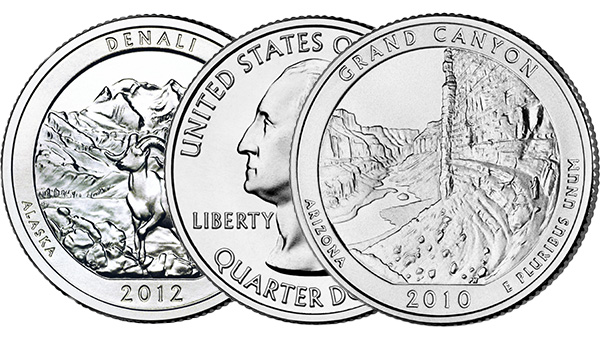
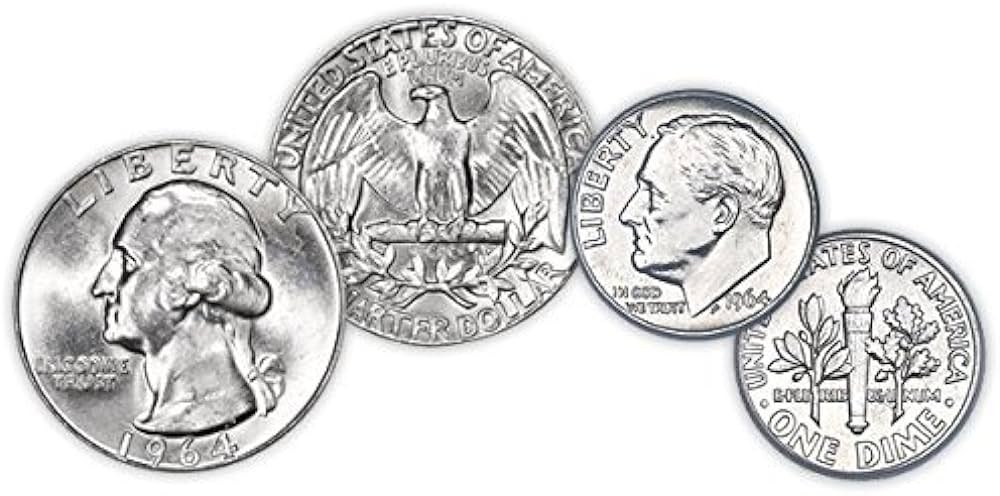
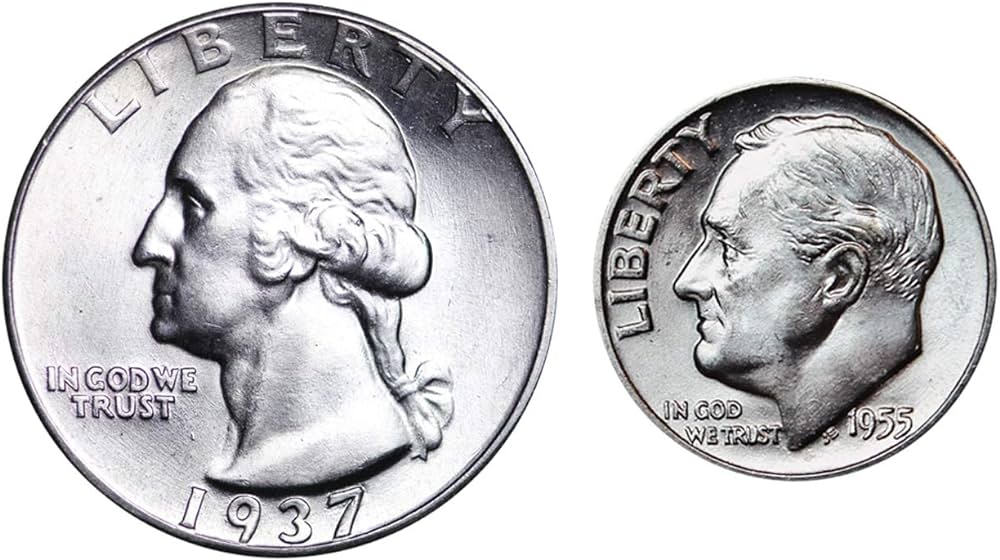
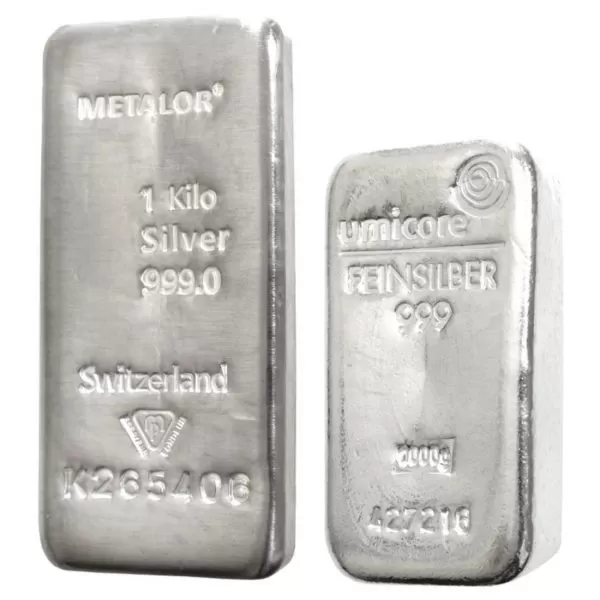
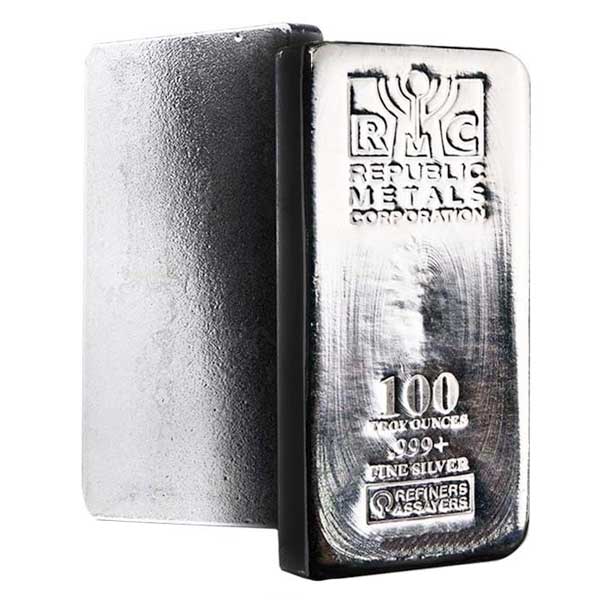
Sizes and Weights
When comparing silver bars vs silver coins , understanding the various sizes and weights available is essential for investors. Each form offers different options that can cater to various investment strategies and storage needs.
Silver Coins
Silver coins come in a range of sizes and weights, making them a versatile choice for investors. The most common weight for silver bullion coins is one troy ounce (approximately 31.1 grams). However, there are other sizes available:
- Fractional Coins: These include weights such as 1/2 ounce, 1/4 ounce, and 1/10 ounce. Fractional coins are useful for smaller investments and can be more affordable for new investors.
- Larger Coins: Some mints produce silver coins in larger weights, such as 2 ounces, 5 ounces, and even 1 kilogram (32.15 ounces). These larger coins can be a good choice for investors looking to hold more silver in a compact form.
Silver Bars
Silver bars are available in a wider range of sizes and weights compared to coins, often making them more suitable for large-scale investments. Common sizes include:
- Small Bars: These typically range from 1 ounce to 10 ounces. Small bars are easy to store and handle, making them a popular choice for individual investors.
- Medium Bars: Weights such as 1 kilogram (32.15 ounces) and 100 ounces are standard for medium-sized silver bars. They offer a balance between ease of storage and significant silver content.
- Large Bars: The largest standard size for silver bars is 1,000 ounces (approximately 68.6 pounds). These bars are primarily used by institutional investors and for industrial purposes due to their substantial weight and value.
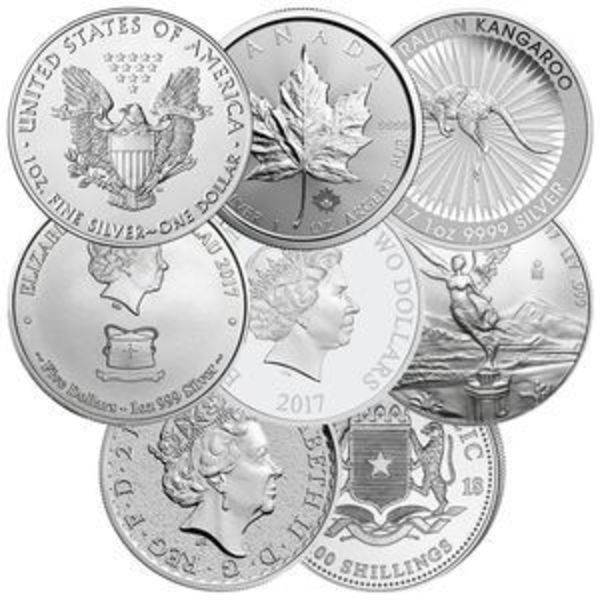
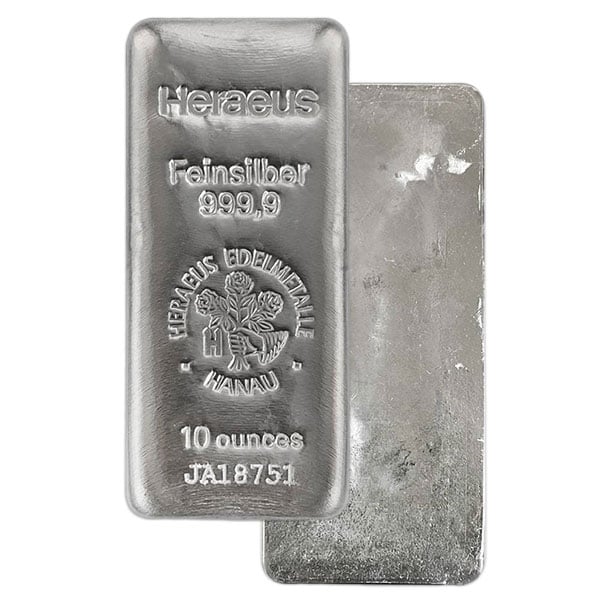

Design and Aesthetics
The design and aesthetics of silver coins vs silver bars are key factors that differentiate these two forms of silver investments. While both can be visually appealing, their design elements serve different purposes and appeal to different types of investors.
Silver Coins
Silver coins are often prized for their intricate designs and aesthetic appeal. Many governments and private mints produce silver bullion coins with detailed engravings and artistic themes. These designs can include historical figures, national symbols, wildlife, and commemorative themes. Some notable examples include:
- American Silver Eagle: Features the iconic Walking Liberty design on the obverse and a heraldic eagle on the reverse.
- Canadian Silver Maple Leaf: Showcases the distinct maple leaf design, a symbol of Canada, and the image of Queen Elizabeth II.
- Australian Silver Kangaroo: Depicts a kangaroo, one of Australia’s most recognizable animals, with fine details and a dynamic pose.
These intricate designs not only enhance the visual appeal of silver coins but also add a collectible value. Many investors and collectors are drawn to specific coin series for their artistic merit and historical significance. The aesthetic quality of silver coins can make them a more attractive choice for those who appreciate numismatic artistry and seek investments with both intrinsic and artistic value.
Silver Bars
Silver bars, in contrast, typically have a more utilitarian design. They are primarily produced for investment and industrial purposes, with a focus on purity, weight, and ease of storage. The design elements of silver bars usually include:
- Purity and Weight Stamps: Most silver bars prominently display their weight, purity (e.g., .999 or .9999 fine silver), and often the logo of the mint or refiner.
- Simple and Uniform Appearance: Silver bars are usually rectangular or trapezoidal, designed for efficient stacking and storage. The simplicity of their design makes them practical for handling and transport.
- Security Features: Some silver bars include additional design elements like serial numbers, holograms, or assay certificates to ensure authenticity and prevent counterfeiting.
While silver bars may lack the intricate artistry of coins, their clean and straightforward design appeals to investors focused on maximizing their silver holdings with minimal premiums.
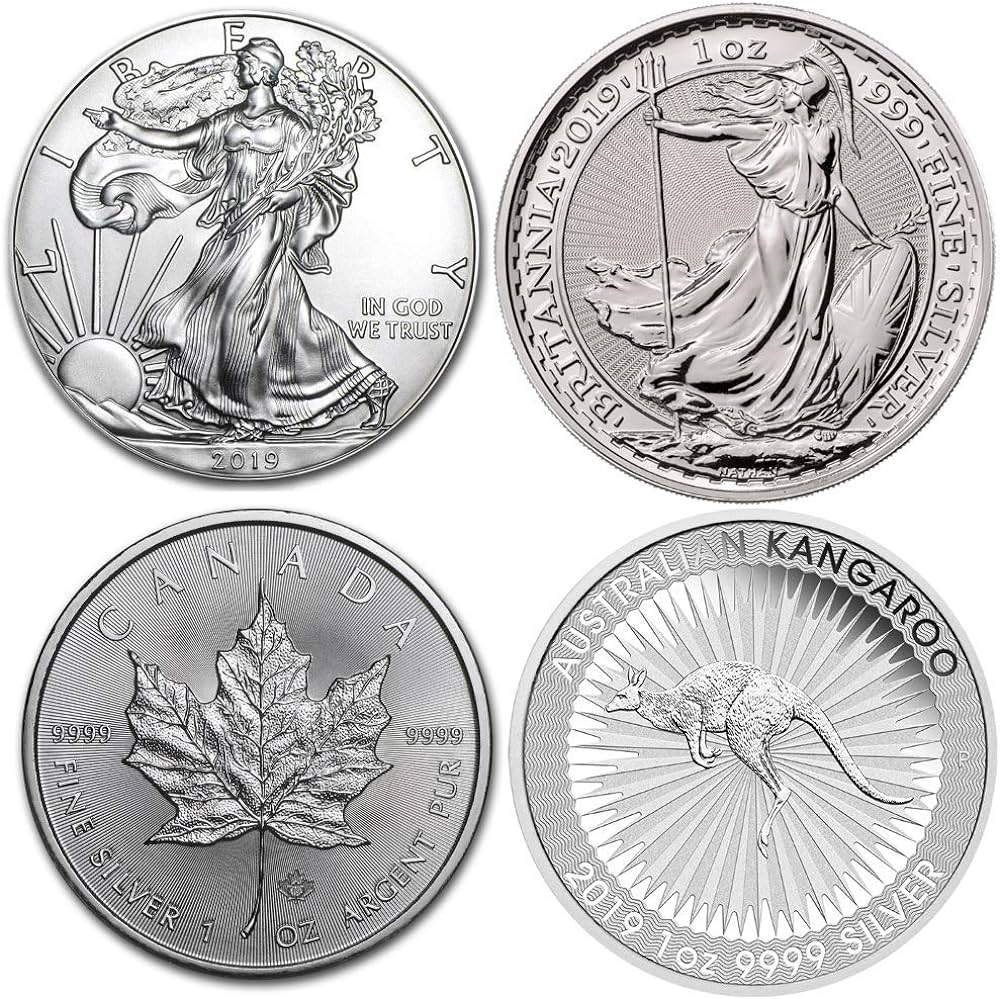
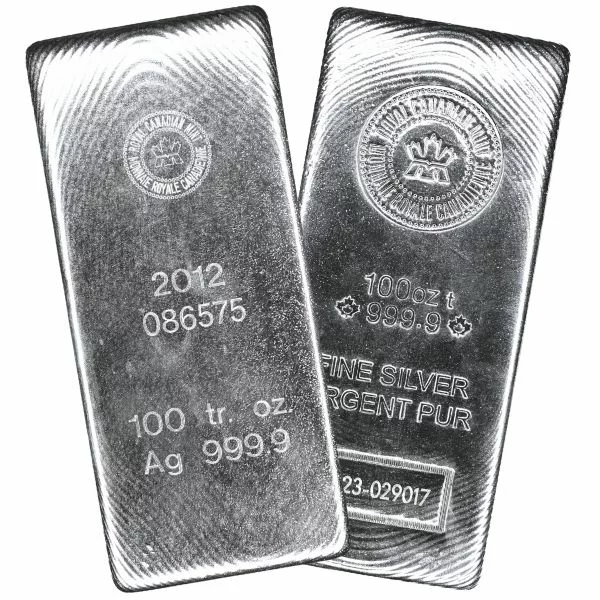
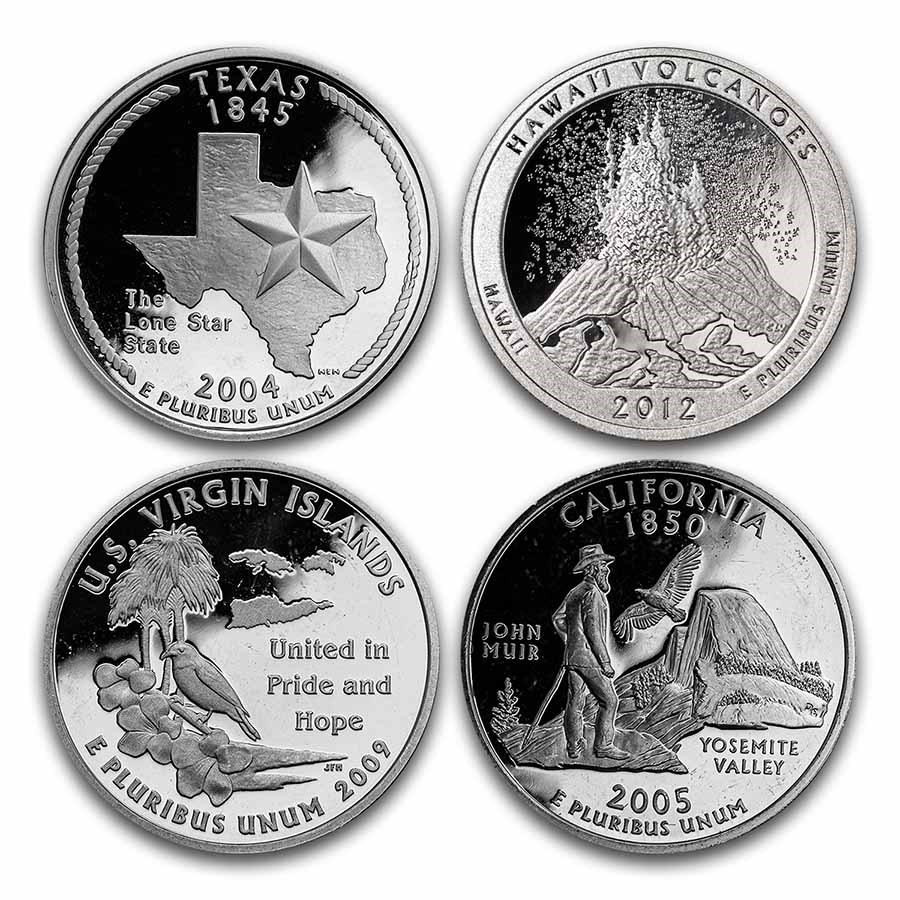
Market Availability and Liquidity
When comparing silver coins vs silver bars, market availability and liquidity are important factors to consider. These aspects determine how easily you can buy and sell your silver investments and how readily available they are in the market.
Silver Coins
Silver coins are widely available and traded in various markets worldwide. Several factors contribute to their market availability and liquidity:
- Government Mints: Many countries produce silver bullion coins through their official mints. These include well-known coins like the American Silver Eagle, Canadian Silver Maple Leaf, and Austrian Silver Philharmonic. The backing by government mints ensures a consistent supply and high demand.
- Private Mints: In addition to government-issued coins, private mints also produce silver coins, often with unique designs and themes. These coins can attract collectors and investors alike.
- Global Demand: Silver coins have a broad market appeal, making them highly liquid. They are recognized and accepted by dealers, investors, and collectors around the world. This global demand ensures that you can easily buy and sell silver coins in various markets.
- Smaller Denominations: The availability of silver coins in smaller denominations (e.g., 1 ounce or fractional coins) makes them accessible to a wide range of investors, further enhancing their liquidity.
Silver Bars
Silver bars are also widely available and traded, particularly among investors looking to acquire larger quantities of silver. Key points regarding their market availability and liquidity include:
- Variety of Sizes: Silver bars come in a wide range of sizes, from small 1-ounce bars to large 1,000-ounce bars. This variety allows investors to choose the size that best fits their investment strategy and storage capabilities.
- Industrial Use: Silver bars are commonly used in industrial applications, which drives a steady demand for this form of silver. This demand contributes to the market availability and liquidity of silver bars.
- Bulk Purchases: Investors often prefer silver bars for bulk purchases due to their lower premiums over the spot price of silver compared to coins. This makes them a cost-effective option for those looking to invest heavily in silver.
- Storage and Transport: The uniform shape and size of silver bars make them easy to store and transport, further enhancing their liquidity in the market.
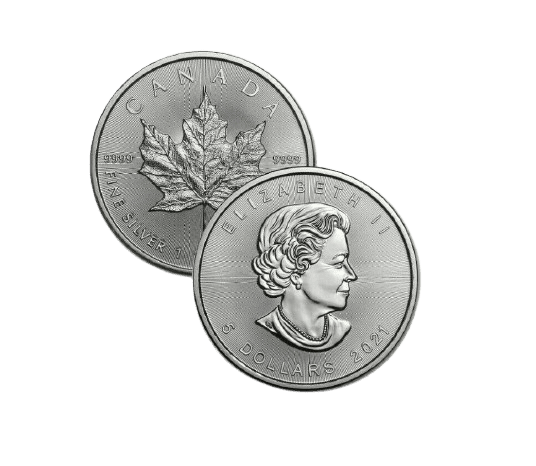
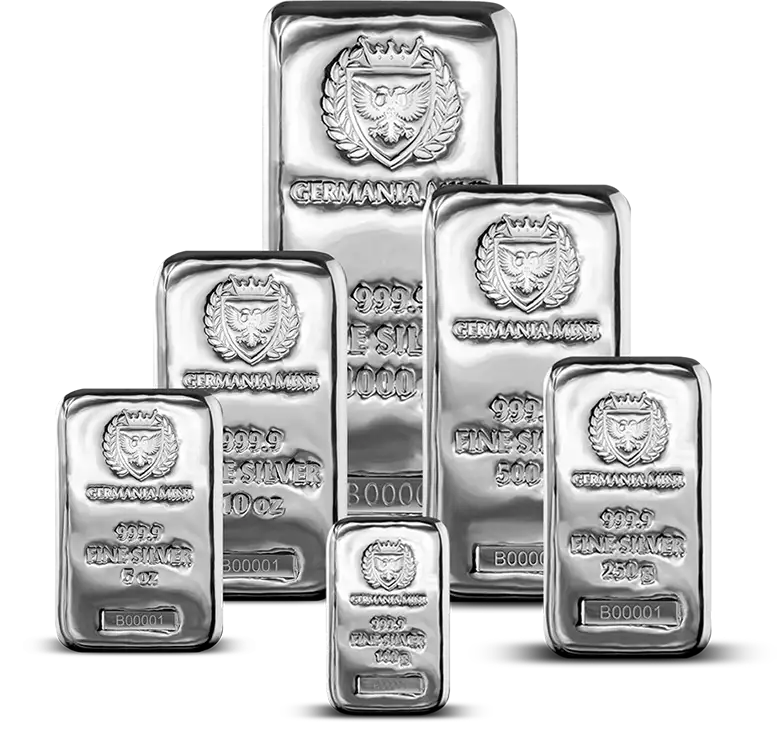
Cost and Pricing
When comparing silver coins vs silver bars, understanding the cost and pricing differences is crucial for making informed investment decisions. Both forms of silver come with unique pricing structures influenced by various factors.
Silver Coins
Silver coins generally have higher premiums over the spot price of silver compared to silver bars. These premiums reflect several factors:
- Production Costs: The process of minting silver coins is more intricate and labor-intensive than producing silver bars. Coins often feature detailed designs and inscriptions, which add to their production costs.
- Design and Collectibility: The artistic designs and limited mintages of some silver coins can increase their value beyond the intrinsic silver content. Collectors may be willing to pay a higher premium for coins with historical or aesthetic significance.
- Government Backing: Silver bullion coins minted by government mints, such as the American Silver Eagle and the Canadian Silver Maple Leaf, often carry a premium due to their legal tender status and the trust in their purity and weight guarantees.
- Smaller Denominations: Silver coins are typically available in smaller denominations (e.g., 1 ounce), making them more accessible but also leading to higher relative premiums.
Silver Bars
Silver bars generally have lower premiums over the spot price of silver compared to silver coins. Key factors affecting their cost and pricing include:
- Economies of Scale: Silver bars are usually produced in larger quantities and standardized sizes, making their production more cost-effective. This results in lower premiums per ounce compared to coins.
- Bulk Purchases: Larger silver bars, such as 100-ounce or 1,000-ounce bars, offer even lower premiums due to the efficiencies of scale. Investors buying in bulk can benefit from these reduced costs.
- Minimal Design: The design of silver bars is typically straightforward, focusing on weight and purity rather than intricate artwork. This simplicity reduces production costs and keeps premiums low.
- Industrial Demand: Silver bars are often used in industrial applications, where cost-effectiveness is critical. This utilitarian demand helps keep premiums competitive.
Comparing Costs
When deciding between silver coins vs silver bars, consider your investment goals and budget. If you value aesthetic appeal, legal tender status, and potential collectibility, silver coins might justify the higher premiums. Conversely, if your primary goal is to maximize your silver holdings with lower premiums, silver bars could be the more cost-effective choice.
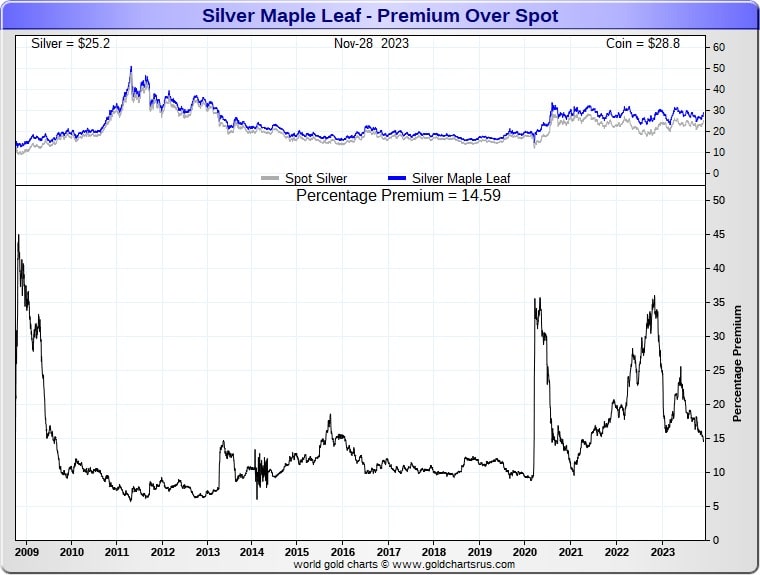
Storage and Security
When comparing silver coins vs silver bars, storage and security are important considerations. Each form of silver has specific requirements and challenges when it comes to safe storage and protection from theft or damage.
Silver Coins
Silver coins, particularly those purchased in smaller denominations, are relatively easy to store. However, there are several factors to consider to ensure their safety and preservation:
- Space Requirements: Individual silver coins take up more space compared to silver bars of equivalent weight. If you have a large number of coins, you’ll need adequate storage space. Coin tubes and boxes specifically designed for bullion coins can help organize and protect them.
- Protection from Tarnish: Silver coins can tarnish over time when exposed to air and moisture. To prevent this, store them in airtight containers or use coin capsules to protect each coin individually.
- Security: Due to their smaller size and higher premiums, silver coins are often a target for theft. A secure home safe, safety deposit box, or a professional bullion storage facility can provide the necessary protection. It’s also wise to keep an inventory and consider insurance.
- Portability: One advantage of silver coins is their portability. They are easier to transport and can be more readily liquidated in smaller quantities.
Silver Bars
Silver bars, especially larger ones, present different storage and security considerations:
- Space Efficiency: Silver bars are more space-efficient compared to coins. Larger bars, such as 100-ounce or 1,000-ounce bars, can be stacked neatly, making them easier to store in a compact space.
- Durability: Silver bars are less prone to damage compared to coins, as they don’t have intricate designs that can wear down. They are usually stored in sturdy, secure packaging.
- Security: Due to their higher value per unit, silver bars require robust security measures. Larger bars are typically stored in professional vaults or bullion storage facilities that offer advanced security features and insurance options. This is particularly important for institutional investors or those holding significant quantities of silver.
- Handling: Large silver bars can be heavy and cumbersome to move. Consider the practicality of transporting and handling these bars, especially if you plan to store them at home.
Comparing Storage and Security
When deciding between silver coins vs silver bars, consider your available storage space, security options, and handling preferences. If you prefer smaller, easily portable units and enjoy the aesthetic value of coins, silver coins may be more suitable. If you aim to invest in larger quantities of silver and seek efficient storage, silver bars could be the better option.
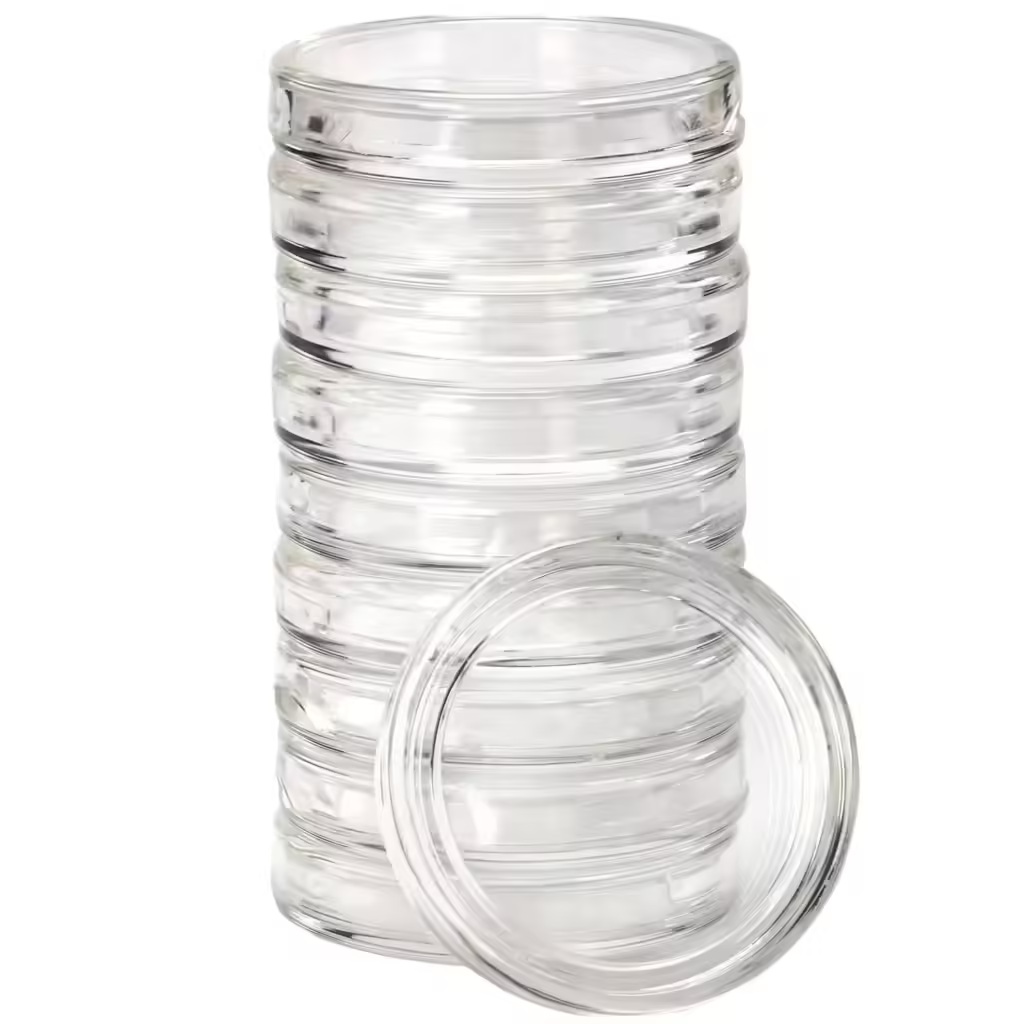
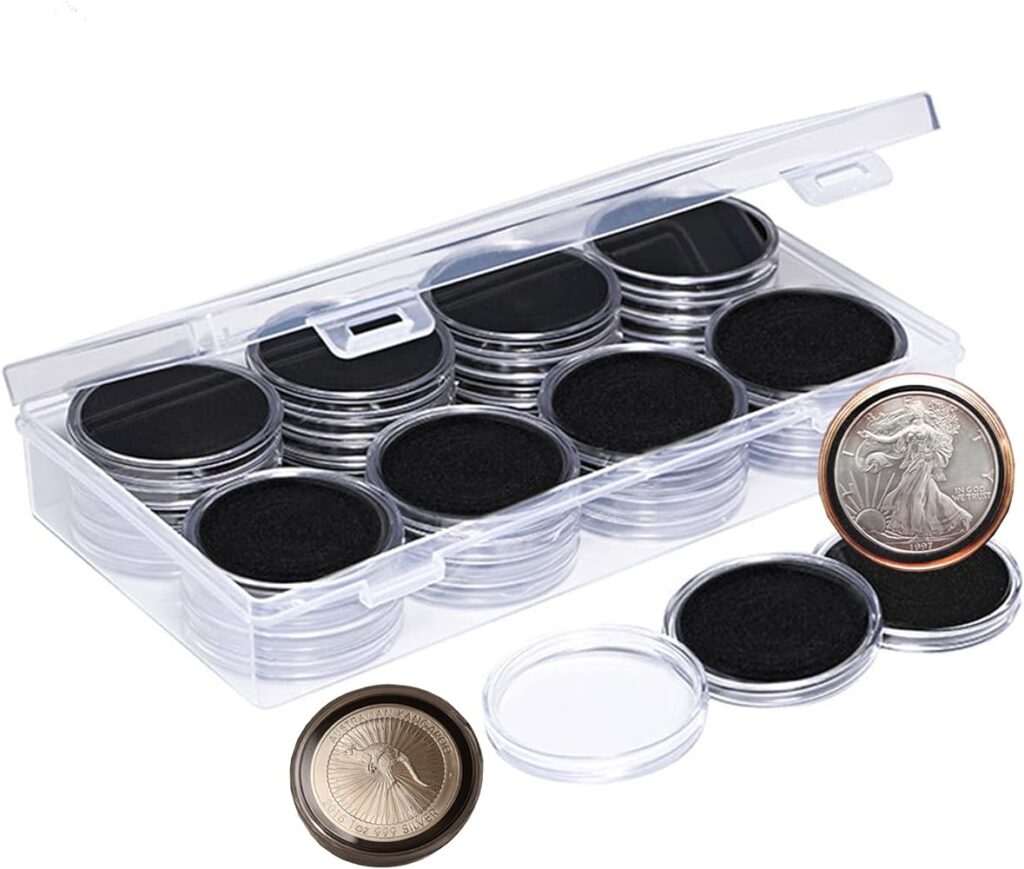
Resale Value and Potential Appreciation
When comparing silver coins vs silver bars, considering their resale value and potential for appreciation is crucial for any investor. Both forms of silver can appreciate in value, but their resale dynamics differ due to various factors.
Silver Coins
Silver coins often have a strong resale value due to several key factors:
- Premiums and Collectibility: Many silver coins carry premiums over the spot price of silver due to their collectibility, design, and limited mintage. Coins like the American Silver Eagle or the Canadian Silver Maple Leaf often appreciate in value not only because of the rising silver price but also due to increased demand from collectors.
- Recognizability: Silver coins from well-known mints are widely recognized and trusted, which can enhance their resale value. This recognizability makes them easier to sell quickly at fair prices.
- Market Demand: The strong market demand for silver coins, driven by both investors and collectors, helps maintain their liquidity. This demand can lead to higher resale prices, especially for coins that are rare or in excellent condition.
- Condition and Rarity: The condition (grade) and rarity of a silver coin can significantly impact its resale value. Coins that are well-preserved or have unique historical significance often fetch higher prices.
Silver Bars
Silver bars are also a solid investment with good resale value, although their appreciation dynamics are slightly different:
- Lower Premiums: Silver bars typically have lower premiums over the spot price of silver compared to coins. This means their initial cost is closer to the actual market value of the silver content, which can be advantageous for investors focusing on metal value rather than collectibility.
- Bulk Transactions: Silver bars, especially larger ones, are ideal for bulk transactions. They can be sold in large quantities, which is efficient for institutional investors or those looking to liquidate substantial holdings.
- Industrial Demand: The industrial demand for silver supports the resale value of silver bars. As silver is used in various industries, from electronics to solar panels, the consistent industrial demand helps maintain their value.
- Weight and Purity: The weight and purity of silver bars are straightforward, making them easy to value and sell. Standardized weights and high purity levels (such as .999 or .9999 fine silver) ensure that they are readily accepted in the market.
Comparing Resale Value and Appreciation
When deciding between silver coins vs silver bars, consider your investment goals. If you are interested in both the intrinsic value of silver and the potential for added value through collectibility, silver coins might be the better choice. On the other hand, if your focus is on acquiring silver at the lowest premiums and selling in bulk, silver bars may offer more advantages.
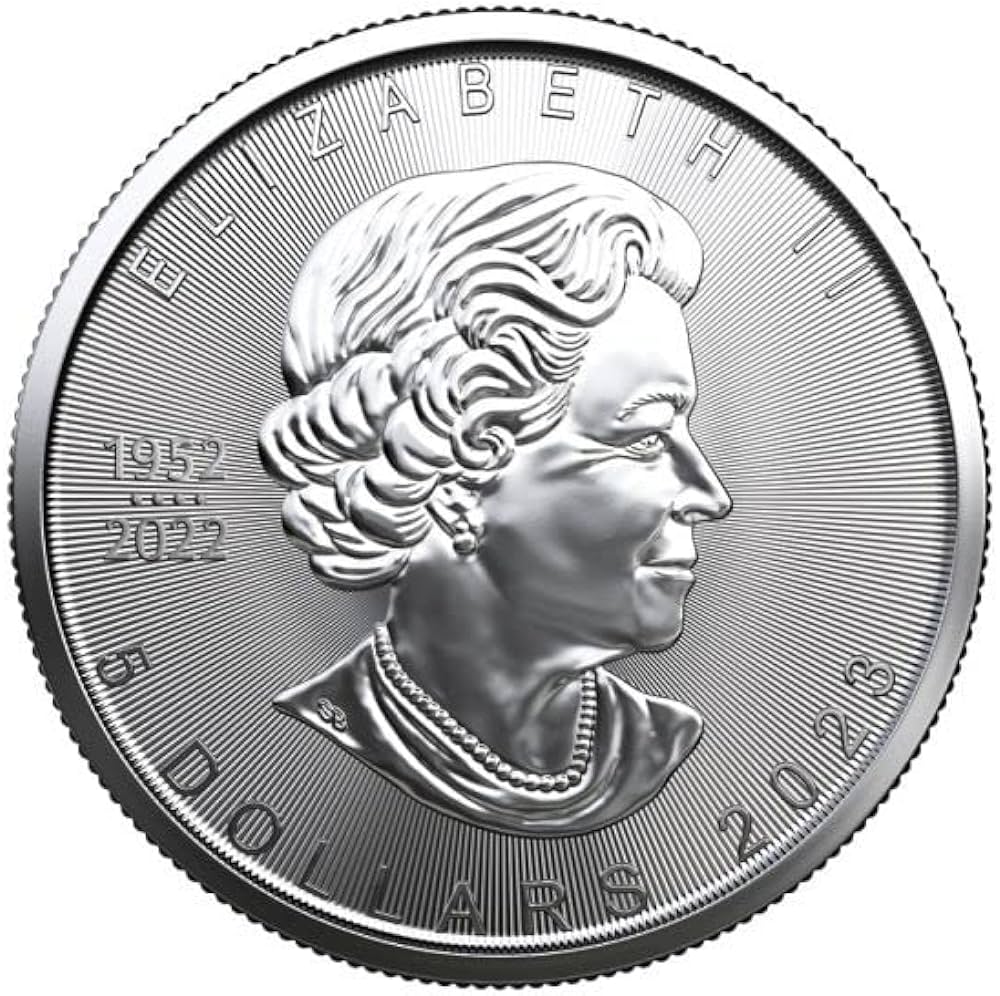
Tax Implications
When comparing silver coins vs silver bars, it’s important to consider the tax implications of each form of investment. Tax laws can vary significantly depending on your country of residence, but there are some general principles that apply to silver investments.
Silver Coins
Silver coins can have specific tax implications that investors should be aware of:
- Capital Gains Tax: In many countries, the sale of silver coins is subject to capital gains tax. The tax is applied to the profit made from the sale, which is the difference between the purchase price and the sale price. It’s essential to keep detailed records of all transactions to accurately calculate capital gains.
- Collectibles Tax Rate: In some jurisdictions, silver coins may be classified as collectibles. This classification can result in a higher tax rate compared to other types of investments. For example, in the United States, the long-term capital gains tax rate for collectibles, including silver coins, is higher than the standard long-term capital gains tax rate.
- VAT/Sales Tax: The purchase of silver coins may be subject to value-added tax (VAT) or sales tax, depending on local regulations. Some countries offer exemptions or reduced rates for investment-grade silver coins, so it’s important to check the specific tax rules in your area.
- Reporting Requirements: Investors may be required to report purchases and sales of silver coins to tax authorities, especially if transactions exceed certain thresholds. Proper documentation and reporting are crucial to comply with tax regulations.
Silver Bars
Silver bars also come with their own set of tax considerations:
- Capital Gains Tax: Similar to silver coins, the sale of silver bars is typically subject to capital gains tax. The rate and calculation method can vary, so it’s important to understand the specific rules in your country.
- VAT/Sales Tax: The purchase of silver bars may also be subject to VAT or sales tax. However, some jurisdictions exempt investment-grade silver bars from these taxes, especially when bought for investment purposes. It’s important to verify the applicable tax rules before purchasing.
- Lower Premiums: One advantage of silver bars is their generally lower premiums over the spot price of silver. This can potentially reduce the overall tax burden when purchasing, as the tax is often calculated on the total purchase price.
- Bulk Transactions: For large investments in silver bars, the tax implications of bulk transactions need to be considered. This includes understanding any potential tax benefits or liabilities associated with large-scale purchases and sales.
Comparing Tax Implications
When deciding between silver coins vs silver bars, consider the tax implications specific to your location and investment strategy. Consulting with a tax professional can provide personalized advice and help ensure compliance with all relevant tax laws.
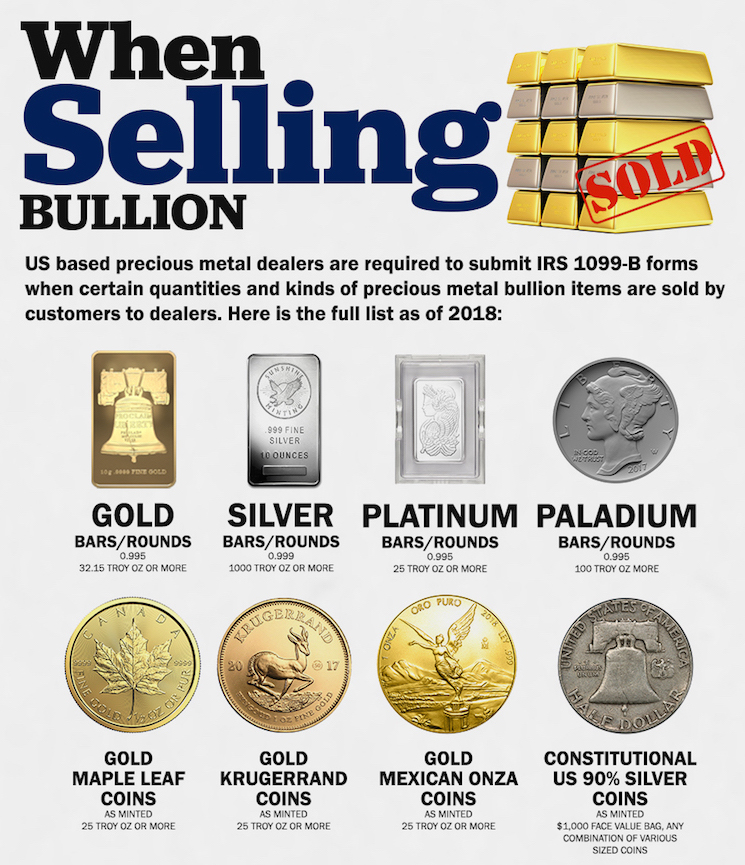

Legal Tender Status
When comparing silver coins vs silver bars, one significant difference is their legal tender status. Understanding the legal implications of each form can help investors make informed decisions about their silver investments.
Silver Coins
Silver coins often have legal tender status, which means they are recognized by the issuing government as official currency. Here are some key points regarding the legal tender status of silver coins:
- Government Backing: Many silver bullion coins are minted by government mints and carry a face value. For example, the American Silver Eagle has a face value of one U.S. dollar, and the Canadian Silver Maple Leaf has a face value of five Canadian dollars. This government backing adds a layer of trust and authenticity.
- Legal Tender for Transactions: While silver bullion coins have a face value, their intrinsic value based on silver content is much higher. In everyday transactions, it’s impractical to use silver coins at their face value because they are worth significantly more as bullion. However, their legal tender status ensures they are widely recognized and accepted.
- Tax and Legal Benefits: In some jurisdictions, the legal tender status of silver coins may offer tax advantages. For instance, they might be exempt from certain types of taxes that apply to other forms of silver. Additionally, their status as legal tender can make them easier to transport across borders, subject to fewer restrictions compared to bullion bars.
- Collectibility and Recognition: The legal tender status of silver coins often enhances their collectibility and marketability. Collectors and investors alike value the assurance that comes with government-issued coins, which can contribute to higher premiums over the spot price of silver.
Silver Bars
Silver bars, on the other hand, do not have legal tender status. Here’s what that means for investors:
- No Face Value: Silver bars are not issued by governments and do not carry a face value. They are purely investment vehicles, valued solely for their silver content. This can sometimes result in lower premiums compared to silver coins, as there is no collectible or legal tender value attached.
- Investment and Industrial Use: Silver bars are primarily used for investment purposes and industrial applications. Their lack of legal tender status does not affect their ability to be bought, sold, or traded as commodities. Investors looking to maximize their silver holdings often prefer bars for their lower premiums and straightforward valuation.
- Transport and Trade: While silver bars can be easily bought and sold, their lack of legal tender status may subject them to different regulations when transporting across borders. They may not enjoy the same tax benefits or exemptions as government-issued silver coins.
- Bulk Storage: Silver bars are often favored for bulk storage due to their uniform size and shape. For large-scale investors, the practicality of storing significant amounts of silver in bar form outweighs the benefits of legal tender status.
Comparing Legal Tender Status
When deciding between silver coins vs silver bars, consider the implications of legal tender status on your investment. If you value the added security and potential tax benefits of government-issued coins, silver coins might be the better choice. If you’re focused on acquiring silver at the lowest premiums and are not concerned with legal tender status, silver bars could be more suitable.
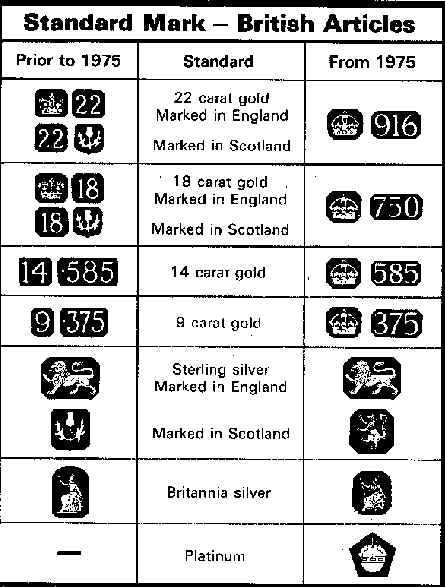
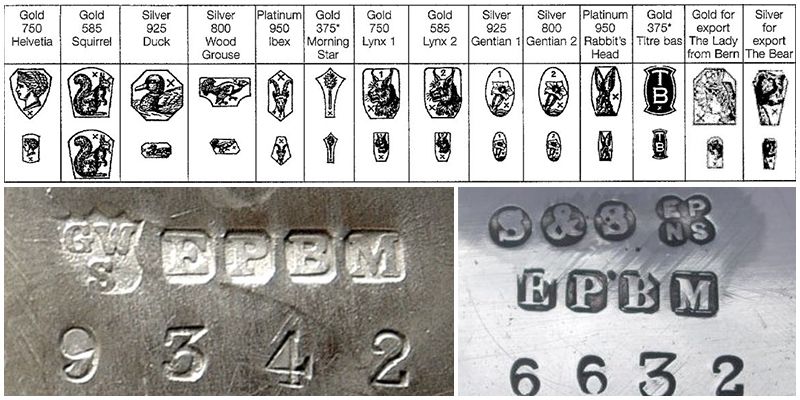
Collectibility and Numismatic Value
When comparing silver coins vs silver bars, one of the significant distinctions is their collectibility and numismatic value. While both serve as valuable investment options, silver coins often have a collectible appeal that silver bars typically lack.
Silver Coins
Silver coins are frequently sought after not just for their silver content but also for their numismatic value. Several factors contribute to the collectibility and added value of silver coins:
- Design and Artistry: Silver coins often feature intricate designs and artwork. Coins like the American Silver Eagle or the Australian Silver Kangaroo showcase detailed engravings that appeal to collectors. These designs can commemorate historical events, cultural icons, or national symbols, adding to their desirability.
- Limited Mintage: Many silver coins are produced in limited quantities. Limited editions or special series can become particularly valuable over time as they become harder to find. Collectors often seek out these rare coins, driving up their market value.
- Historical Significance: Coins with historical significance or those that have been in circulation for a long time can command higher prices in the numismatic market. Coins that were part of significant historical events or minted in a particular year of interest often attract premium prices.
- Certification and Grading: Collectors often look for certified and graded coins. Professional grading services evaluate the condition of coins and assign them a grade, which can significantly influence their value. Coins in mint or near-mint condition with high grades are especially prized.
- Cultural and Emotional Appeal: Collecting coins can be a hobby driven by cultural and emotional factors. Many collectors have a personal or historical connection to certain coins, adding a sentimental value that goes beyond the silver content.
Silver Bars
Silver bars, while valuable as investments, generally do not have the same level of collectibility or numismatic value as silver coins:
- Pure Investment Value: Silver bars are primarily valued for their silver content and purity. They are produced in larger quantities and are designed for efficient storage and investment purposes, rather than for collectible appeal.
- Standardization: Silver bars are often standardized in terms of size and purity, with minimal variation in design. This uniformity makes them less attractive to collectors who seek unique or rare items.
- Lower Premiums: Because they lack intricate designs and historical significance, silver bars typically carry lower premiums over the spot price of silver compared to collectible coins. This makes them more cost-effective for investors focused solely on the intrinsic value of silver.
- Industrial Use: Silver bars are also used in industrial applications, which further emphasizes their utilitarian value over collectible appeal. Their straightforward design and large quantities cater more to industrial needs than to numismatic interests.
Comparing Collectibility and Numismatic Value
When deciding between silver bars vs silver coins,, consider what you value most in your investment. If you are interested in both the intrinsic value of silver and the potential for added value through collectibility, silver coins might be the better choice. On the other hand, if your primary focus is on acquiring silver at the lowest premiums and you are less concerned with collectible aspects, silver bars could be more suitable.
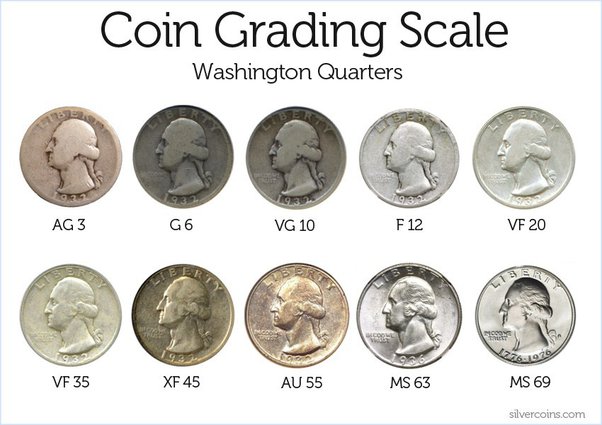
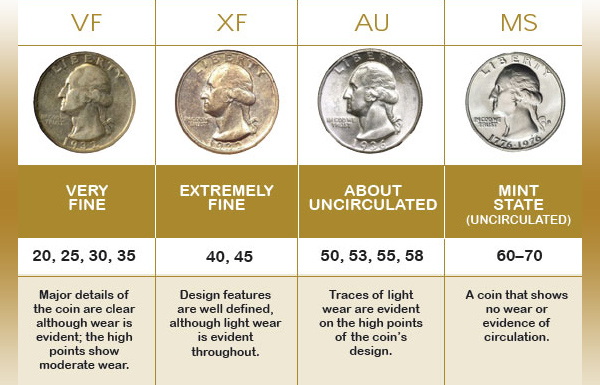
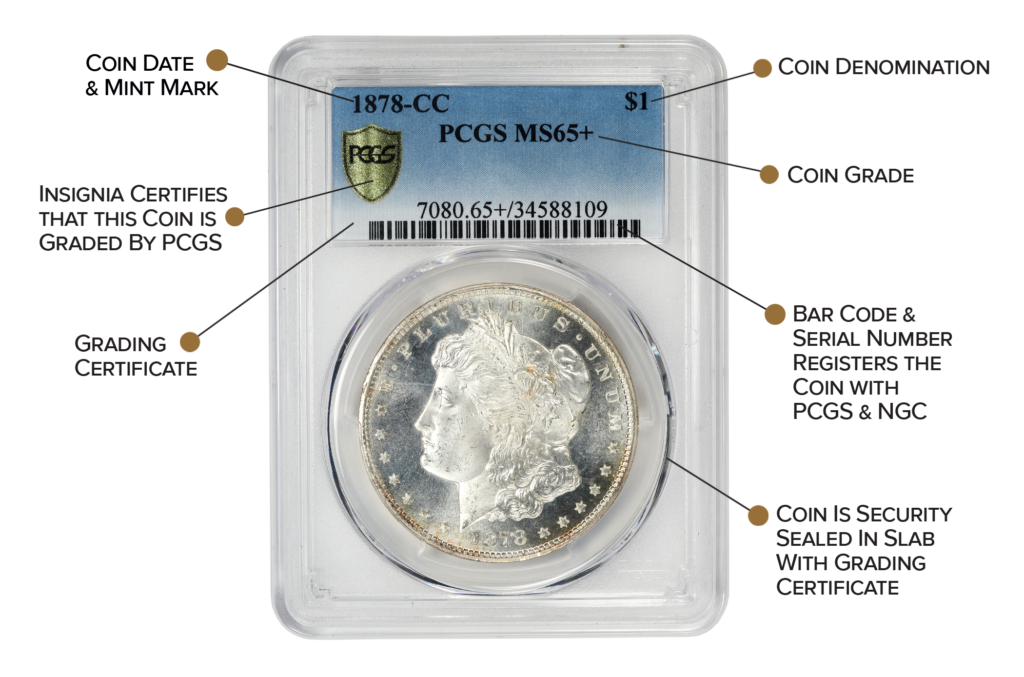
Investment Strategies
When comparing silver coins vs silver bars, understanding different investment strategies can help you decide which form of silver is best suited to your financial goals. Both silver coins and silver bars have unique advantages and can play distinct roles in a diversified investment portfolio.
Silver Coins
Silver coins are often favored by investors who appreciate both the intrinsic value of silver and the potential for additional value through collectibility. Here are some strategies for investing in silver coins:
- Diversification: Including silver coins in your portfolio can provide diversification. Coins like the American Silver Eagle or Canadian Silver Maple Leaf are recognized worldwide and can add stability to your investments due to their legal tender status and government backing.
- Collectible Value: Investing in limited edition or historically significant silver coins can offer potential for appreciation beyond the silver content. Collectors often seek rare coins, which can drive up their market value over time.
- Fractional Investing: Silver coins are typically available in smaller denominations (e.g., 1 ounce or less). This allows investors to buy silver incrementally, making it easier to invest regularly and accumulate silver over time.
- Liquidity: Silver coins are highly liquid due to their widespread recognition and acceptance. This makes it easy to sell them quickly if you need to liquidate your assets.
Silver Bars
Silver bars are ideal for investors looking to acquire larger quantities of silver at lower premiums. Here are some strategies for investing in silver bars:
- Bulk Investment: Silver bars are an efficient way to invest in large amounts of silver. They usually carry lower premiums over the spot price compared to coins, making them cost-effective for bulk purchases. Larger bars, such as 100-ounce or 1,000-ounce bars, offer the best value for high-volume investors.
- Long-Term Holding: Due to their lower premiums and bulk nature, silver bars are well-suited for long-term holding. Investors looking to store significant value in silver for the long haul can benefit from the cost efficiency of bars.
- Storage Efficiency: Silver bars are more space-efficient than coins, which can be a consideration if you have limited storage space. Their uniform shape and size make them easy to stack and store securely.
- Industrial Demand: Silver bars are commonly used in industrial applications, which supports their demand and value. Investing in bars can align with the growing industrial uses of silver, potentially increasing their value over time.
Mixed Strategy
Combining silver coins and silver bars in your investment portfolio can provide a balanced approach. Here’s how you can implement a mixed strategy:
- Core and Satellite: Use silver bars as the core of your investment for bulk silver acquisition and long-term holding. Complement this with a selection of silver coins for their collectible value and liquidity.
- Risk Management: Diversifying between silver coins and silver bars can help manage risk. Coins offer liquidity and potential numismatic appreciation, while bars provide cost efficiency and ease of storage.
- Flexibility: A mixed strategy allows you to respond to market conditions and personal financial needs more flexibly. You can sell coins quickly if needed, while holding onto bars for longer-term value appreciation.


Pros and Cons Summary
When deciding between silver coins vs silver bars, it’s important to weigh their respective advantages and disadvantages. Understanding these pros and cons can help you make a more informed investment decision based on your individual goals and circumstances.
Silver Coins
Pros:
- Legal Tender Status: Silver coins are often issued by government mints and have legal tender status, adding a layer of trust and authenticity. This can make them more widely recognized and easier to sell.
- Collectibility: Many silver coins have numismatic value due to their designs, limited mintage, and historical significance. This collectibility can lead to higher premiums and potential appreciation beyond the intrinsic value of the silver.
- Liquidity: Silver coins are highly liquid and can be sold quickly, often at a premium, due to their recognizability and legal tender status. This makes them an excellent choice for investors who may need to liquidate assets swiftly.
- Fractional Investing: Coins are available in smaller denominations, allowing investors to buy silver incrementally. This makes it easier to start investing and continue accumulating silver over time.
- Tax Advantages: In some jurisdictions, silver coins may enjoy tax benefits, such as exemptions from VAT or sales tax, due to their status as legal tender.
Cons:
- Higher Premiums: Silver coins generally have higher premiums over the spot price of silver due to their collectibility and the costs associated with minting and distribution.
- Storage Space: Due to their smaller size and varying shapes, silver coins can require more storage space compared to bars of equivalent weight.
- Potential for Tarnish: Silver coins can tarnish over time if not stored properly, which may affect their aesthetic appeal and resale value.
Silver Bars
Pros:
- Lower Premiums: Silver bars typically have lower premiums over the spot price of silver, making them a cost-effective way to acquire large quantities of silver.
- Efficient Storage: Silver bars are more space-efficient than coins. Their uniform size and shape make them easy to stack and store securely, especially in bulk.
- Bulk Investment: Silver bars are ideal for investors looking to make significant investments in silver. Larger bars, such as 100-ounce or 1,000-ounce bars, offer the best value for bulk purchases.
- Industrial Demand: The demand for silver in industrial applications helps maintain the value of silver bars, supporting their long-term investment potential.
- Straightforward Valuation: Silver bars are valued solely based on their weight and purity, making them easy to price and trade based on the current market value of silver.
Cons:
- Lack of Collectibility: Silver bars do not have the same collectible appeal as silver coins. They are primarily valued for their silver content, which means they generally don’t carry additional premiums for design or historical significance.
- Less Liquidity: While silver bars are still highly liquid, they may not be as easy to sell quickly or at a premium compared to silver coins, especially larger bars.
- Transport and Trade Regulations: Silver bars may be subject to different regulations when transported across borders, and they may not enjoy the same tax advantages as legal tender coins.
Comparing Pros and Cons
When comparing silver bars vs silver coins , consider the pros and cons of each to determine which aligns best with your investment strategy:
- If you value collectible appeal, liquidity, and potential tax benefits, silver coins might be the better choice.
- If you prioritize acquiring silver at the lowest premiums and efficient storage for large quantities, silver bars could be more suitable.



Conclusion
When comparing silver coins vs silver bars, each has its own distinct advantages and can play a vital role in your investment strategy. Understanding the unique characteristics and benefits of each form can help you make an informed decision that aligns with your financial goals and preferences.
Silver Coins vs Silver Bars: Final Thoughts
Silver coins and silver bars offer different benefits that cater to various types of investors. Here’s a final comparison to help guide your decision:
Silver Coins
- Legal Tender Status: Government-issued coins are recognized as legal tender, providing authenticity and trust. This status often makes them more widely accepted and easier to sell.
- Collectibility: Silver coins often carry additional numismatic value due to their designs, historical significance, and limited mintage. This can lead to higher premiums and potential for appreciation beyond the intrinsic value of silver.
- Liquidity: Coins are highly liquid, making them easy to sell quickly, often at a premium. Their widespread recognition and legal tender status enhance their marketability.
- Fractional Investing: Available in smaller denominations, silver coins allow for more flexible investment and easier accumulation over time.
- Tax Advantages: In some regions, silver coins may enjoy tax benefits, such as exemptions from VAT or sales tax, due to their status as legal tender.
Silver Bars
- Lower Premiums: Silver bars generally have lower premiums over the spot price of silver, making them a cost-effective way to purchase large amounts of silver.
- Efficient Storage: Their uniform size and shape make silver bars more space-efficient and easier to store in bulk compared to coins.
- Bulk Investment: Ideal for investors looking to make significant investments in silver, especially larger bars like 100-ounce or 1,000-ounce bars, which offer better value.
- Industrial Demand: The demand for silver in industrial applications helps maintain the value of silver bars, supporting their long-term investment potential.
- Straightforward Valuation: Silver bars are valued purely on their weight and purity, making them easy to price and trade based on the current market value of silver.
Choosing the Right Investment
Your choice between silver coins vs silver bars should be guided by your investment objectives, budget, and storage capabilities:
- Investment Goals: If your focus is on cost-efficiency and long-term holding, silver bars might be the better choice. If you value liquidity, collectible appeal, and potential tax benefits, silver coins could be more suitable.
- Budget: Silver bars are more cost-effective for bulk purchases, while silver coins allow for incremental investing and smaller, more frequent purchases.
- Storage: Consider your available storage space and how easily you can store and secure your silver investments.
Combining Both for Diversification
A well-rounded investment strategy might involve holding both silver coins and silver bars. This approach allows you to enjoy the benefits of both forms, providing diversification and flexibility within your portfolio.

